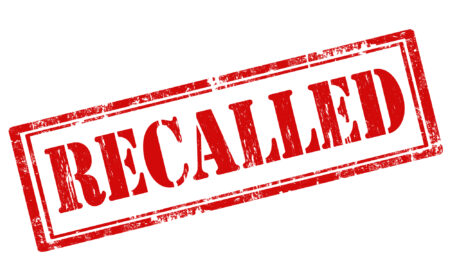In October our CEO, Arnold Chazal, participated in the 5th GS1 Supply Chain Week in Australia. Here are some of his reflections…
1) The adoption of global standards and effective technology is essential for tracking medical devices and products throughout the healthcare supply chain, from the point of manufacture to the point of use in a patient procedure.
2) Healthcare is global in nature since products are manufactured and used in all parts of the world. It is essential for manufacturers to adhere to labeling standards such as GTIN by GS1 that enables the unique and unequivocal identification of products on a global basis. The GS1 standards also include pedigree information such as lot or serial number and expiration date which are all critical for the supply chain and for patient safety. From the caregiver’s standpoint it enables mechanisms to be put in place to track recalled products and expired items and avoid their utilization in patient procedures. From the supply chain standpoint it allows manufacturers to track their products with accuracy, manage their stock (especially consigned inventory), and prevent waste by being proactive about the management of supplies that are approaching expiration.
3) The GTIN standard is available to manufacturers for their products in both barcode format and RFID encoding. VUEMED is GS1 compliant and has developed technologies that are standards-based, including EPC and UDI. The FDA’s Unique Device Identification (UDI) regulation relies on established global standards such as HIBCC and GS1 to meet its labeling requirements using a barcode or RFID medium. Manufacturers doing business in the U.S. will have to be fully compliant for Class 1, 2, and 3 medical devices by 2018. This mandate coming from the US is rapidly affecting the rest of the world. Three-quarters of the largest manufacturers of medical devices are based in the U.S., and all major manufacturers do business in the U.S. Regardless of where products are manufactured it makes sense financially and logistically for these manufacturers to adopt a UDI-compliant standard for labeling their medical devices instead of different labeling standards in different regions of the world. GS1 as a standard seems to be very popular outside the U.S. and some government and health agencies are mandating that products be labelled following the GS1 standard in order to be sold in their markets.
4) Such standards are good for the supply chain as they allow for consistency throughout the supply chain from manufacturer to hospital. It helps bridge the data gap by supporting adoption of a single manner to identify a product that can be used across the hospital in all its systems, from materials management systems, to clinical documentation systems, electronic medical records systems and billing systems. Also such standards promote more comprehensive data collection that include lot number and expiration date that can easily be collected from the product package and recorded in these systems. The main issue is that most systems that the hospitals use are not prepared to handle the collection of such data or read such barcodes or RFID tags. This is where VUEMED provides solutions that track products from manufacturer to patient with complete, accurate and swift data capture, which in turn is populated in all desired hospital systems, enhancing medical records, billing and procurement systems.





